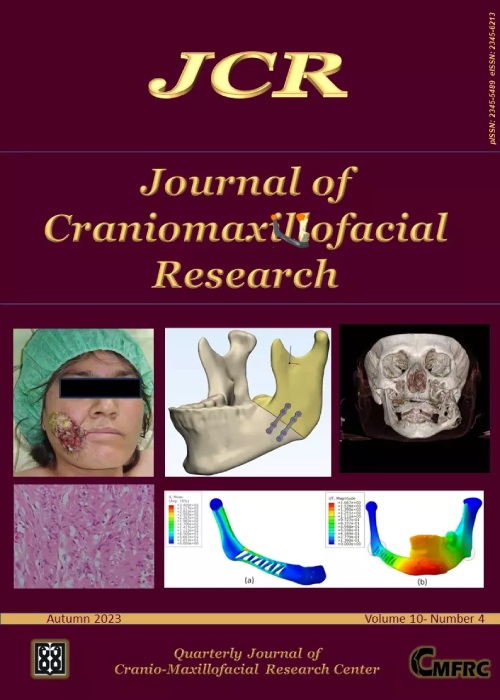Hemostatic agents in orthodontics: A review
Loss of the bracket-tooth bond is one of the most common complaints of patients during orthodontic treatment. Various factors play a role in preventing the loss of such a strong bond between the bracket and tooth, one of which is the maintenance of proper isolation and prevention of contamination of tooth surface with blood during the surgical exposure of the impacted tooth. In case of bleeding during disimpaction treatment, the use of hemostatic agents might decrease the odds of tooth surface contamination with blood, resulting in a strong bond. This study aimed to evaluate the effect of different hemostatic agents on the bond between the bracket and tooth.
Science Direct, PubMed, and Google Scholar databases were searched for relevant previous studies published from 2010 to 2020. These studies’ titles and abstracts were evaluated for inclusion criteria. In vivo and in vitro studies evaluating the effect of hemostatic agents on the bracket-tooth bond were included.
Eight studies were included in the study based on inclusion criteria; five studies were in vitro, and two were in vivo; one study had both designs. Of in vitro studies evaluating the bond strength, five studies reported a higher bond strength in the control group than the group in which the tooth surfaces were contaminated with a hemostatic agent; besides, the bond strength in the hemostatic agent group was higher than that in the group in which the tooth surfaces were contaminated with blood. Of in vivo studies, two studies evaluated bracket failure as a criterion to evaluate bonding quality. In one of these studies, bracket failure in the control groups was more than the hemostatic agent group, and in the other study, it was more prevalent in the hemostatic agent group than the control groups. Studies comparing different hemostatic agents did not report any significant differences in bonding quality.
It appears that the use of hemostatic agents in disimpaction treatments can prevent contamination of tooth surface with blood, increasing the bond strength between the bracket and tooth; however, care should be exercised to prevent tooth surface contamination with hemostatic agents.
- حق عضویت دریافتی صرف حمایت از نشریات عضو و نگهداری، تکمیل و توسعه مگیران میشود.
- پرداخت حق اشتراک و دانلود مقالات اجازه بازنشر آن در سایر رسانههای چاپی و دیجیتال را به کاربر نمیدهد.


